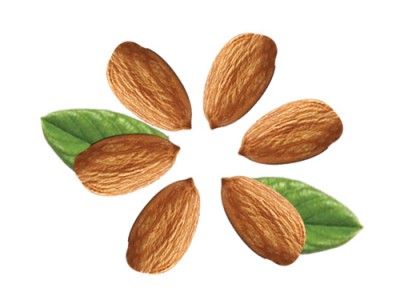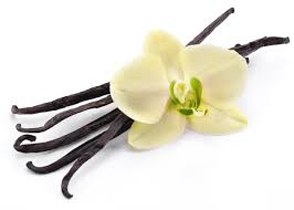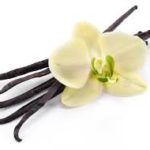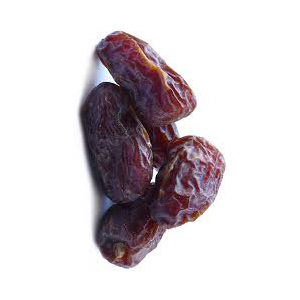

Vanilla a flavoring orchids
Ice cream is a delicious and lip smacking item which everyone love irrespective of age and gender. It is generally eaten as a dessert or snack in many countries. Ice creams were first served during 1751 and many US Presidents were served with Ice creams. Some of the main ingredients in ice cream are strawberry, vanilla, nuts, grapes and others which are all derivatives of plants.
This topic will deal with a plant named vanilla. The botanical name of this plant is vanilla planifolia. Vanilla is a species of vanilla orchid and it is native to Mexico and primary source of vanilla flavoring. The other common names of this plant are Tahitian vanilla and west India vanilla. But throughout the world it is called as vanilla.
It was named in the year 1808. This plant is found abundantly in Mexico, Central America, the Caribbean, and the northeastern South America. It grows well in hot, wet, tropical climates. It is cultivate primarily in Veracruz, Mexico and in Madagascar. This species is also a vine plant like its family members. The color of the flowers is greenish-yellow, with a diameter of 2 in. The flowers last only a day and must be pollinated manually and the plants are selxf-fertile. Transfer of the pollen from the anther to the stigma is enough for pollination. To receive numerous fruits the flowers must be hand-pollinated when grown on farms.
Generally, mature plants yield fruits which measure 3 m long. The fruits are 23 cm long and outwardly they look like small bananas. The fruits mature after five months and at that point of time it is harvested. Vanilla oil is extracted from this extremely valuable plant. It is imperative to note that it can cause allergic reactions when eaten or applid on the skin.
Mexicans, especially Aztec people use it to flavor cocoa. Most of the vanilla pods traded throughout the world are derived from v. planifolia. The pods are crushed and tiny seeds are removed from it which is used for custard-based sauces. The flowers are pollinated by bees. It is interesting to note that pods contain as many as thousands tiny black seeds.
It was introduced to Europe by the Spanish during 16th century and in Madagascar by the French during 19th century.
Uses
- The tiny seeds, the fruits, powder and other extracts are used as flavors in confectionaries and foods.
- Vanilla has certain medicinal properties and used as a stimulant and for curing gastric problems.
- Vanilla also has antimicrobial and antioxidant activities.
Health Benefits



